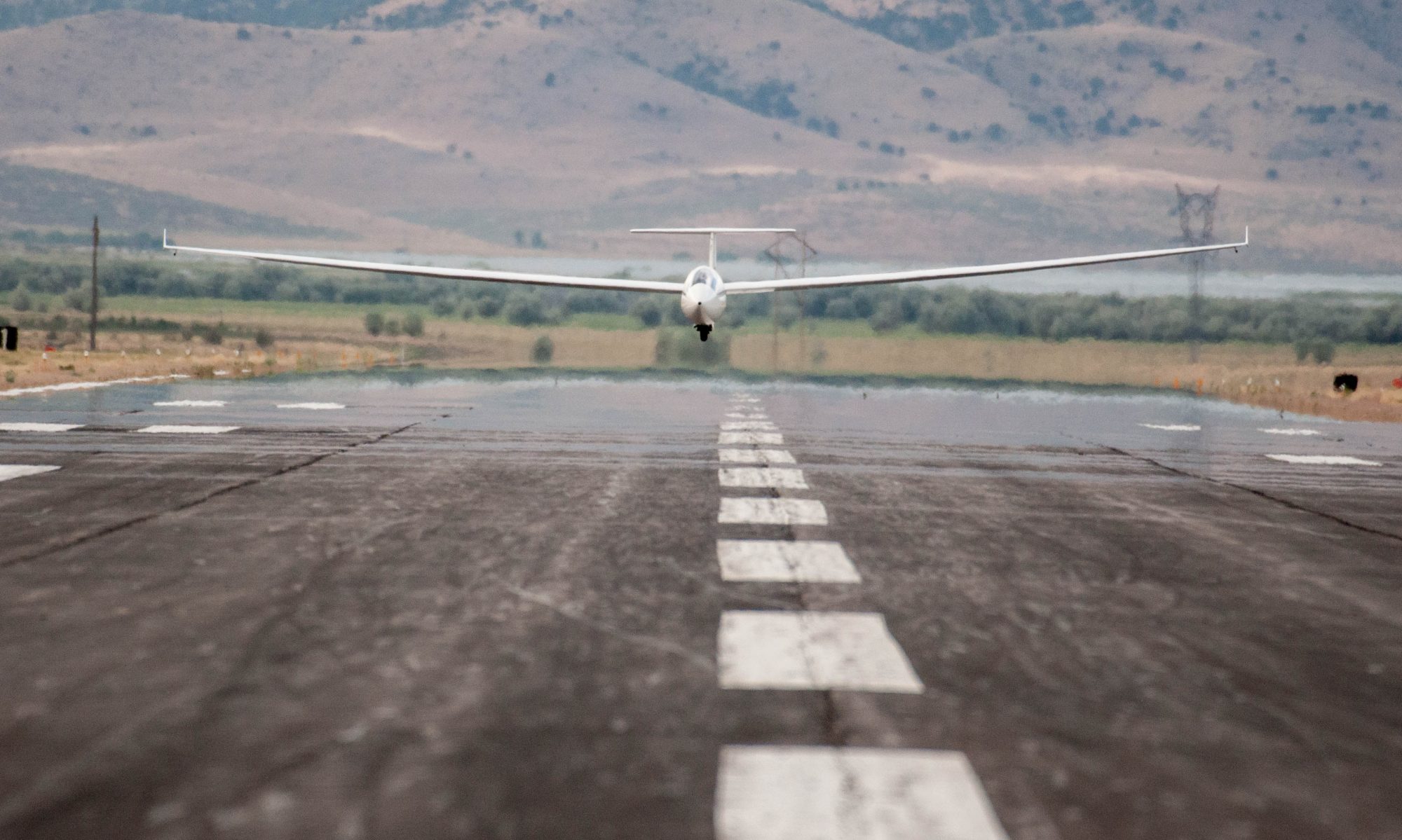We had a fun first SSB Condor flight last night. Turnout was better than I had expected! 11 pilots participated and I know several more were interested but either didn’t get ready in time or had other issues to deal with. I hope to see even more join next week!
Thank you to everyone who participated! Congratulations to Scott Snyder, Richard Hall, Colin Barry, Dylan Buli, and Charlie Gillespie for making it around the task. Steve Kemper did as well but just failed to get a valid start so his name does not appear on the official score sheet. Armand Charbonneau finished the task offline afterwards. Bill Kaewert had a good start but a technical issue prevented him from completing. Well done everyone! Special congratulations to Scott Snyder who finished the task in a Standard Cirrus without using any miracles (no thermal helpers, no plane recoveries) in the very respectable time of 32 minutes and 13 seconds. That’s an average task speed of 118 kph!
(For those who care, the finishing times for those who officially completed the course are attached. These are the raw times not handicapped and exclude penalties. I have to figure out how to do handicapped scoring for the future.)
For several pilots it was their first Condor flight. Here are a few tips based on what I noticed during the flight:
- Be careful not to exceed VnE. Condor is unforgiving, your ship will flutter and may break apart if you don’t take immediate action to slow down.
- If you need to press “Q” to recover your plane (e.g. after a midair brake up), Condor will put you into an external view of your plane. You have to immediately press “F1” after pressing “Q” to get back into the cockpit view.
- “H” will toggle your thermal helpers on and off. Don’t leave them on all the time unless you really want to.
- Remember to take note of the maximum start altitude before the flight. You have to in the start sector and below the maximum start altitude while the start gate is open to start the task.
- Remember to also take note of the minimum finish altitude (if there is one). In the briefing I had specified 800m MSL (which was about 1000′ AGL). You have to be above the minimum finish altitude when you cross the finish line/enter the finish sector to complete the task.
- Press “W” to open/close the water dump valve (if you choose to fly with ballast). Dumping water takes the same time as in real life and depends on the glider. If you want to dump partial ballast, keep the valve open for the desired time, then close the valve again (as you would in real life.)
- If you want to see the standings during a flight, real time scoring is enabled. To see/hide it, press the TAB key on the keyboard.
- We had about half the pilots on Teamspeak yesterday. This can be very helpful if you have any questions during the flight. (I shared instructions for Teamspeak in my prior email.)
If you want to practice based on yesterday’s task, here are some tips for that:
- You can download the flight here.
- You can download a trace of my flight here. (I forgot to save my trace yesterday so I decided to refly it this morning with a Standard Cirrus).
- In the Notam screen of the Flight Planner you can enable my flight trace as a “ghost” that you can fly against.
- Pick any plane you like and try to follow my trace around the course. This will show you what route I took and what decisions I made (e.g. when to enter/exist a thermal; speed flown between thermals; final glide path; etc.) (If you’re inexperienced with Condor I suggest you pick a higher performing glider at first.)
Next Thursday at 5:30PM (same time) we will do our first flight in Boulder. I will try to set something up that is similar in terms of level of difficulty. Go here for instructions for installing the Boulder scenery. Let me know if you run into issues, I’m happy to help.
Results (based on raw times, no penalties, no handicaps)
If you want to practice this flight, you can download the flight plan here.


